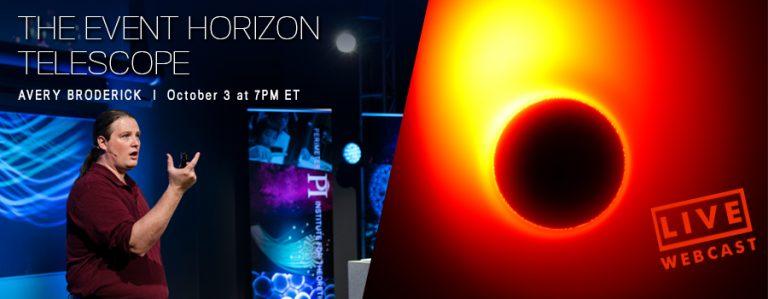Perimeter Public Lecture: How this powerful telescope could let us peek at black holes
In another free, streamable lecture bringing high science to the masses, Avery Broderick explains the incredible work of the Event Horizon Telescope

Share
What does a black hole look like? Sure, we have a sense of what they do—they’re galaxy-enders, these massive manifestations of gravity’s impact on the universe—but there’s no real sense of what they look like, given how they pull everything, including light, into their maw.
But for the first talk of this season’s Perimeter Public Lecture series—which brings high science to the masses at the Perimeter Institute stage in Waterloo, Ont., and returns on macleans.ca for another season of fascinating conversations streamed live right here on the first Wednesday of every month—documenting it might be closer to reality than you think.
On Oct. 3, Avery Broderick (Perimeter Associate Faculty member, Delaney Family John Archibald Wheeler Chair, and leader of Perimeter’s EHT Initiative) will discuss the ongoing work of the massive Event Horizon Telescope to solve that question. It may not sound like much, but it’s a powerful, sweeping network of telescopes just might be able to capture humanity’s first-ever image of what a black hole looks like—and to boot, he’ll explain how Canadian researchers are playing a vital role in major international efforts toward that enormous scientific breakthrough. Watch past fascinating Perimeter Public lectures here.
Maclean’s is proud to be able to broadcast a live-stream of his talk, as well as other lectures in the Perimeter Public Lecture season. Watch his lecture live below at 7 pm ET on Wednesday, Oct. 3. If you miss it, come back to watch a replay of it below, after the presentation.